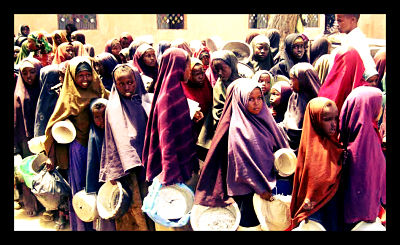
A strawberry company named FraiSen is boosting economic growth in Africa and demonstrating that social enterprises are the future of innovations in poverty eradication in Senegal.
Poverty in Senegal
Senegal has long-term peace and political stability. However, much of the country is still in poverty. According to the World Food Program, 39% of the Senegal population live in poverty. In addition, about 75% of families suffer from chronic poverty. Poverty in Senegal has critical links to irregularities in the agricultural industry. Unpredictable rainfall patterns and inefficient farming practices have resulted in a struggling overall economy.
Alarming Job Loss in Africa
Additionally, the global COVID-19 outbreak is taking a major toll on African economies. As the African Development Bank reported, projections have determined that 24 to 30 million Africans could lose their jobs in 2020 alone. This is especially serious because many developing countries in Africa, like Senegal, already suffer high rates of poverty.
Social enterprises could be the solution to the poverty that the global COVID-19 outbreak in Africa has caused. According to a British Council study, “Social enterprises are five times more likely to support vulnerable groups like women and people living in poverty than profit-first businesses … which could be key in helping those hardest hit by job losses during COVID-19.” Social enterprises are a beneficial tool for African economies recovering from the pandemic. It is also a critical part of innovation in poverty eradication in Senegal.
Social Enterprise in Senegal
In Senegal, a technology and innovation hub called Kosmos Innovation Center is working to cultivate sustainable economic growth in West Africa by sponsoring new social enterprises. The Kosmos Innovation Center aims to contribute to the creation of healthier and more diverse economies. It will do this by helping the new generation of entrepreneurs and facilitating innovation in sectors beyond oil and gas. By supporting African businesses, Kosmos Innovation Center is creating jobs and reducing poverty in Africa.
So What About Strawberries?
One of Kosmos’ projects is a social enterprise in Dakar, Senegal called FraiSen. FraiSen is a centralized network of small strawberry farms in Senegal along with several African countries. Due to the country’s climate, the strawberry industry had great potential in Senegal in the past. However, the industry lacked the technical and transportation resources and efficiency necessary to make the industry profitable on an international scale.
FraiSen gives the necessary resources and training to the small strawberry farms in order to maximize the strawberry yield and export them to other African countries and even to Europe. By facilitating and connecting these small businesses, FraiSen is creating higher-paying job opportunities in impoverished communities. It bolsters the “Made in Africa” label across the continent. Currently, FraiSen receives orders for approximately 10 tons of strawberries per week.
FraiSen is just one example of a social enterprise that is reducing poverty by growing small, African businesses and creating sustainable job opportunities in developing countries. Its success demonstrates the potential for Senegal to more widely use social enterprises as an innovation in poverty eradication in Senegal.
– Courtney Bergsieker
Photo: Flickr
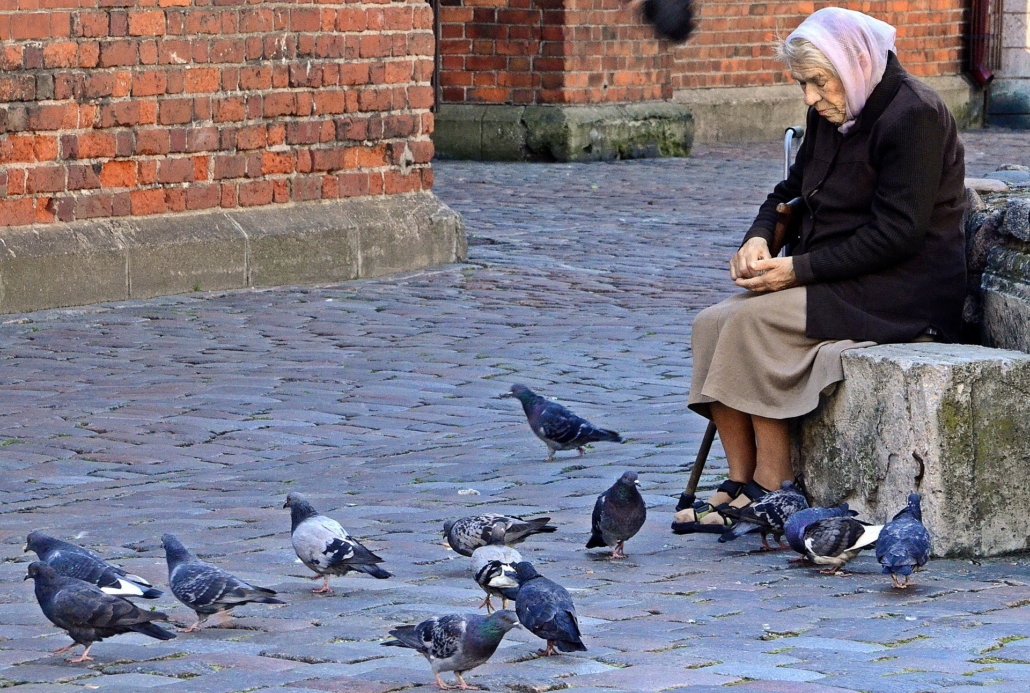
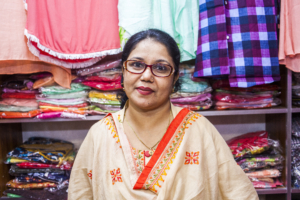
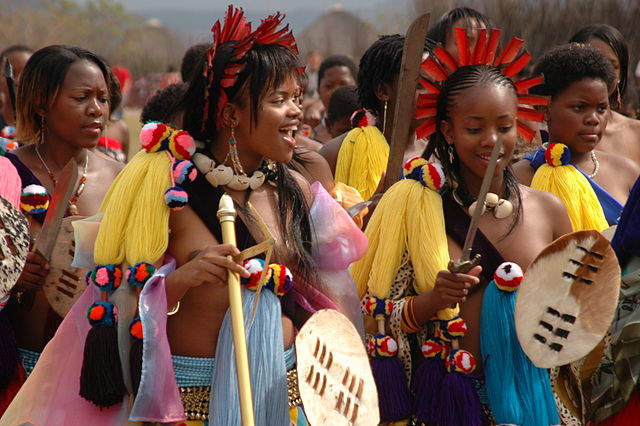 Eswatini, formerly Swaziland, is a landlocked African country positioned between South Africa and Mozambique. As of 2017, it was estimated that
Eswatini, formerly Swaziland, is a landlocked African country positioned between South Africa and Mozambique. As of 2017, it was estimated that  Morocco, a country bordering both Algeria and Western Sahara, has faced increased conflicts with the rising issue of homelessness. In the country, there are thousands without proper shelter as the problem worsens. However, newly implemented organizations are seeing rapid improvements in homelessness in Morocco.
Morocco, a country bordering both Algeria and Western Sahara, has faced increased conflicts with the rising issue of homelessness. In the country, there are thousands without proper shelter as the problem worsens. However, newly implemented organizations are seeing rapid improvements in homelessness in Morocco.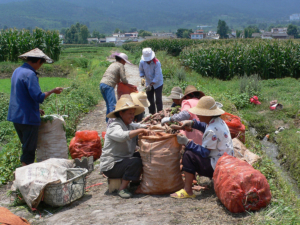

 The year 2006 marked the beginning of a new era for Bolivia. For decades before, Bolivia had been run by presidents that continuously marginalized the indigenous population and favored wealthy foreign corporations, making Bolivia one of the poorest countries in South America. By 2002, the percentage of Bolivians that were living in
The year 2006 marked the beginning of a new era for Bolivia. For decades before, Bolivia had been run by presidents that continuously marginalized the indigenous population and favored wealthy foreign corporations, making Bolivia one of the poorest countries in South America. By 2002, the percentage of Bolivians that were living in 